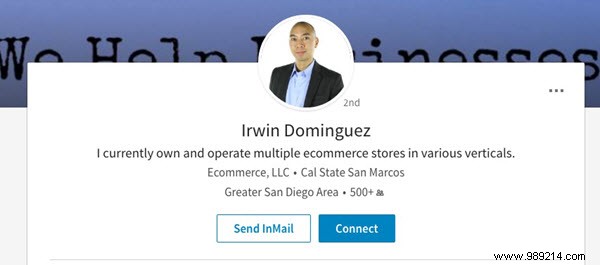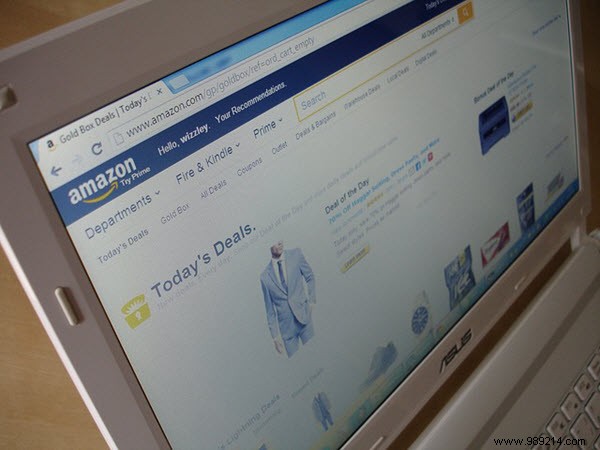Thinking of scaling your dropshipping business overseas? Today is the best time to do it!
SummaryThe Big QuestionCross Border Dropshipping7 Tips for Better Cross Border DropshippingStudy Your Target MarketKnow Your Target CustomersKnow International Trade RegulationsFollow the LeadersOptimize Your Dropshipping WebsiteOffer Multi-Language and Multi-Currency SupportConsider the MarketsThe global e-commerce consumer base continues to grow exponentially and with this type of demand, the supply must also increase.
BigCommerce reports that 96% of Americans shop online and 8% of millennials shop daily. Studies show that more and more businesses, including B2B companies, are now considering dropshipping. In 2011 alone, a Forrester report showed that dropshipping accounted for 34% of products sold on Amazon. This equates to $14.2 billion.
Increased consumer confidence, internet accessibility, multi/omnichannel options, technology, competition and innovation are some of the major drivers behind this bullish trend.
Is dropshipping for you?
Wisdom says that if it's too good to be true, then it probably is. However, like any business, dropshipping takes time and effort.
Dropshipping is an online order fulfillment model in which a facilitator (dropshipper) receives orders from buyers (buyers), forwards them to manufacturers or suppliers, and delivers them directly to customers (D2C).
In other words, you only order from a wholesaler or manufacturer when your customers order from you. You don't need to store inventory. All you need to worry about is marketing and sales, as your entire supply chain and logistics are handled for you.
Unfortunately, dropshipping is not for everyone. This might be for you if you like working remotely and independently and if you hate:
If you're looking for inspiration, here are some of the top rated dropshipping companies today:
You can create a self-hosted dropshipping store. However, for someone just starting out, you will be better off with platforms or companies that already have solutions that seamlessly integrate dropshipping with e-commerce like Magento, Shopify, BigCommerce etc. You can skip this tip if you have the manpower and the means to build one from scratch.
Cross-border dropshipping is basically you (dropshipper) dropshipping orders to customers beyond your borders.
Local vs. global dropshipping
The following highlights some key differences between local and global dropshipping:
S/N LOCAL GLOBAL 1No customs duties, taxes, leviesCustoms duties, taxes, levies2Known regulated productsDiffers from country to country3Single currencyMulti-currency considerations4MonolingualMultilingual considerations5Single time zoneDifferent time zones6CheapestMore expensivesevenLimited scopeUnlimited opportunitiesNow that you know the differences, here are 7 tips to help you succeed in cross-border dropshipping:
You don't have to become or hire a Sherlock Holmes. Just review existing research before taking the plunge. Worth over $672 billion, China is the largest e-commerce market. However, issues such as distance, customs procedures, government regulations, and payment processing are major issues for non-Chinese businesses.
Do your due diligence and risk assessment before you start.
BigCommerce, in a recent report, also revealed that 43% of US shoppers shop in bed. If this group is or is part of your consumer base, you should adjust your marketing efforts accordingly.
You need insight into consumer behavior when dropshipping overseas.
Here are some key questions to ask:
The answers to these questions will help you streamline your dropshipping services for greater efficiency.
It's easy to cross the line with cross-border dropshipping if you don't know the relevant international trade laws. That's why you should familiarize yourself with the relevant business laws before you actually start your project.
Take, for example, Kenya.
Recently, Kenya banned the production, sale and use of plastic bags, initially targeting manufacturers and sellers. This information can help you decide if you want to do business in Kenya, given your product packaging practices.

Follow industry leaders in cross-border dropshipping, not leads. Most online marketers spend their advertising-earned currencies on research and in hopes of converting and retaining leads. Instead of being like them, you should study dropshippers like Irwin Dominguez who went from zero to over a million dollars in one year.
He's the kind of guy you should follow and leads will follow you soon. Follow their strategies on blogs, podcasts, Facebook, Twitter, Instagram, LinkedIn and any other place they hang out.
Getting your dropshipping website right is essential. This is your main opportunity to attract, convince and convert prospects.
Retail Dive reports that over 65% of shoppers browse online before buying offline.
By interacting with your website, online shoppers form opinions about your business. They rate your site's loading speed, landing pages, ease of navigation, design, user experience, forms, product photography/description, and checkout.
If you don't know how to create one, you can hire freelancers to design one for you on a budget that won't break the bank.
See also:A practical guide to hiring and managing freelancers
Language is an essential component of social identity and culture. Offering your services in local languages to your international audience is a great way to communicate with them.
Currency conversion calculations are another issue for many cross-border shoppers. E-commerce stores that support multi-currency payments relieve shoppers of this stress. This allows them to pay in their local currency while you receive payments in your own currency.

Brand recognition and awareness take time to develop. You can sign up for popular marketplaces like Amazon or eBay when you're just starting out. These are platforms that support hundreds of thousands of stores. You can gain experience and share valuable information from the forums and community support that these platforms provide.
See also:5 Internet Marketing Trends That Will Dominate in 2017
As you cut your teeth and become successful, you can start considering other options. If you're on Shopify, apps like Oberlo can simplify dropshipping by automating everything from importing products to fulfilling orders.
What winning tips have you used in your dropshipping business?